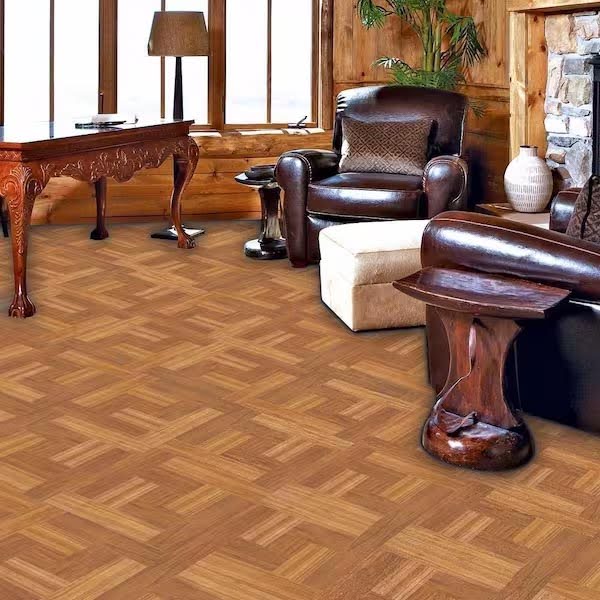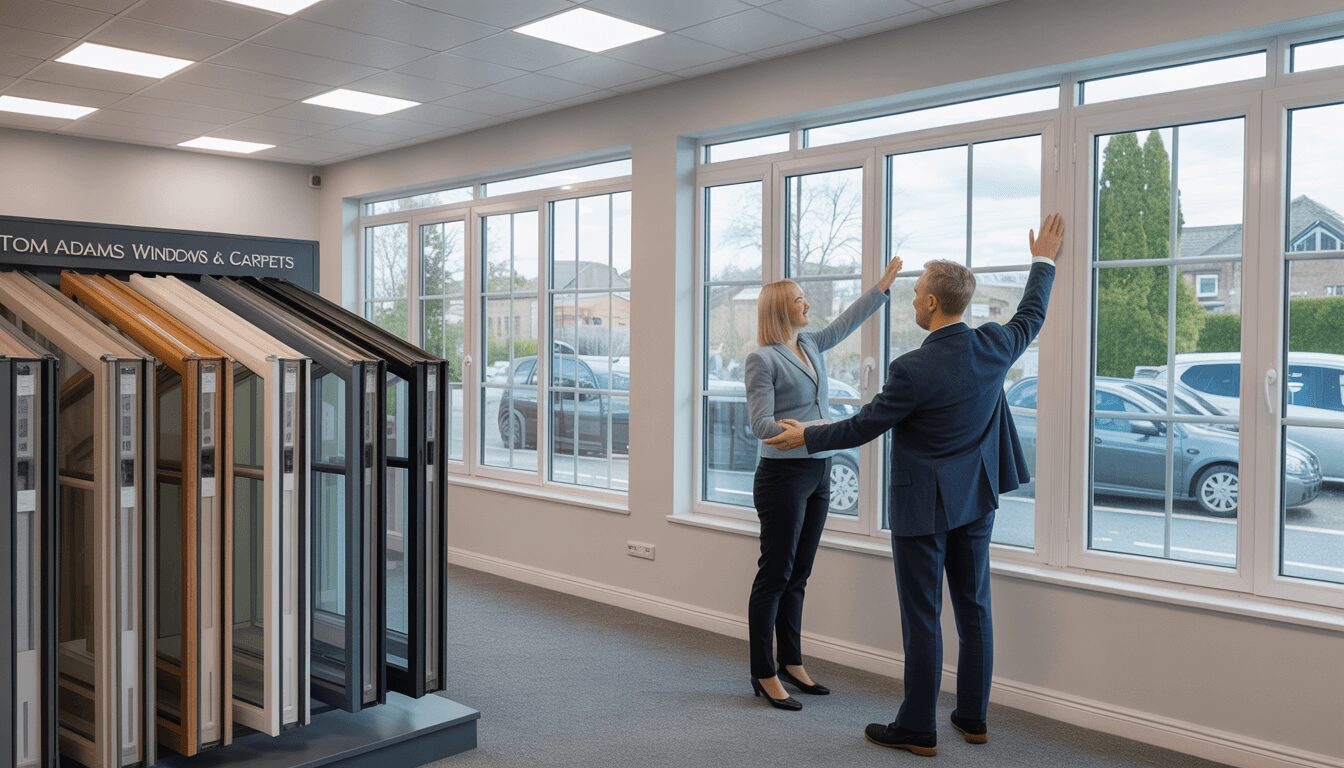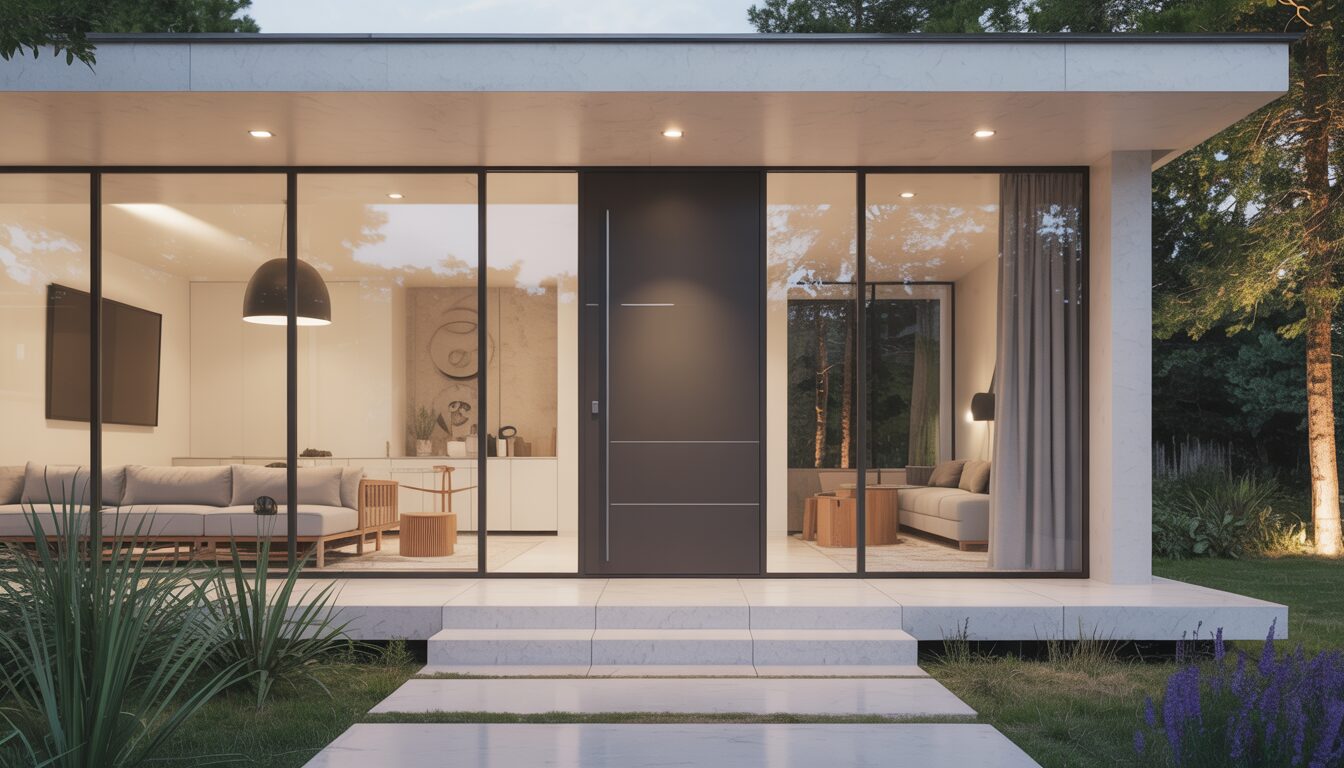Parquet flooring has a rich history dating back to 16th century France, where it was first introduced in the grand halls of Versailles. Known for its intricate and geometric patterns, parquet flooring has made a significant comeback in recent years. This type of flooring is not only aesthetically pleasing but also offers durability and style to modern homes.
What is Parquet Flooring?
Parquet flooring consists of small wood pieces arranged in unique, often geometric patterns. Unlike traditional hardwood flooring that uses long planks, parquet offers various designs like herringbone, basket weave, and square finger joined patterns. Understanding what is parquet flooring can help homeowners appreciate its unique characteristics and decide if it suits their home decor.
Unique Features:
- Patterns: The intricate designs can add a touch of elegance to any room, making the floor itself a focal point.
- Materials: Parquet flooring typically uses hardwoods like oak, walnut, and mahogany. These woods not only create a stunning visual but also contribute to the flooring’s durability.
- Construction: Each piece of wood is cut and laid in a specific pattern, sometimes involving meticulous craftsmanship.
You can find more detailed explanations about parquet flooring in this comprehensive resource on parquet flooring.
Parquet is not just about looks; it has practical benefits too. It’s often used in areas of the home where you want a combination of aesthetics and function, such as living rooms, dining rooms, and hallways.
What is Parquet Flooring Made Of?
Materials Used in Parquet Flooring
Parquet flooring is made from small pieces of wood that are arranged in geometric patterns. The types of wood commonly used in parquet flooring include:
- Oak: This is one of the most popular choices due to its durability and attractive grain patterns.
- Walnut: Known for its rich, dark color and striking patterns.
- Mahogany: Offers a luxurious appearance with its deep, reddish-brown hue.
Besides the wood, parquet flooring also involves the use of:
- Adhesives: These are used to hold the small wood pieces together and fix them to the subfloor.
- Finishes: Various finishes can be applied to parquet flooring to protect the wood and enhance its appearance. Common finishes include oil, wax, and polyurethane.
Pros of Parquet Flooring
Parquet flooring offers several advantages that make it a popular choice among homeowners. Here are the key benefits of choosing parquet floors:
Aesthetic Appeal
- Distinctive Patterns: Parquet flooring is renowned for its elegant geometric patterns, which can range from herringbone to basket weave.
- Variety of Wood Tones: The use of different types of wood allows for a wide range of colors and tones, enabling homeowners to choose a style that fits their decor.
Ease of Cleaning
- Simple Maintenance: Parquet floors are generally easy to clean. Regular sweeping and occasional damp mopping can keep them looking new.
- Smooth Surface: The smooth surface of parquet flooring makes it resistant to dust and allergens, contributing to a healthier indoor environment.
Durability
- Long-lasting: When properly maintained, parquet flooring can last for decades.
- Resistant to Wear: The sturdy construction of parquet floors makes them resistant to wear and tear from foot traffic.
To support these claims, you can check out expert opinions on the benefits of parquet flooring.
By understanding the materials and benefits of parquet flooring, you can make a more informed decision if you are considering this unique flooring option for your home.
Cons of Parquet Flooring
While parquet flooring has many benefits, it’s also important to consider its potential drawbacks:
- Higher Cost: Parquet flooring can be more expensive compared to other flooring options. The intricate patterns and quality materials often command a higher price tag. So, is parquet flooring expensive? It can be, but the investment often pays off in terms of aesthetics and durability.
- Susceptibility to Moisture: Parquet flooring is prone to damage from moisture and humidity. Excessive moisture can cause the wood to warp or swell, making it not ideal for areas like bathrooms, on grade areas of the home or below grade like basements.
- Installation Complexity: Installing parquet flooring can be quite complex and often requires professional assistance. This can add to the overall cost of the flooring project.
What to Do with Old Parquet Floors
If you have old parquet floors, there are several options to consider:
- Refinishing: If the floor is in relatively good condition, refinishing can bring it back to life. Sanding and applying a fresh coat of finish can make old parquet look new.
- Painting: Painting your parquet floor can offer a fresh and unique look. It’s a less traditional approach but can make the room stand out.
- Repurposing: If you need to remove the parquet flooring, consider using the wood for other home projects. Old parquet tiles can be repurposed for furniture, wall art, or other DIY projects.But removal is difficult, because the adhesive is usually a urethane adhesive which need to be chipped away.
- Regular Maintenance: Keeping your old parquet floor clean and polished can help maintain its appearance. Regular sweeping and occasional polishing can go a long way.Also screening and refinishing is a yearly maintenance.
For more tips on how to work with old parquet floors, check out this restoration guide on This Old House.
How to Maintain Parquet Flooring
Regular Cleaning
- Regular Cleaning: Use a soft-bristle broom, a vacuum with a hardwood floor attachment, or microfiber cloths to remove dirt and dust without damaging the floor.The use of Bona Cleaner is recommended along with microfiber cloth. No Crystal cleaners.
Polishing
- Use Appropriate Products: Use polishes recommended for wood floors. Avoid harsh chemicals which can strip the finish or leave a residue / haze on the floor.
- Buffing: Use a soft cloth to buff the floor after polishing to bring out the shine.
Preventing Damage
- Felt Pads: Attach these to the bottom of furniture legs to avoid scratches. Replace every year or as needed if sooner.
- Area Rugs: Place rugs in high-traffic areas to protect the floor with the correct rug pad.
- Avoid High Heels: Shoes with sharp heels or stiletto heels can dent the wood. Recommend any house guest remove those shoes prior to walking on the floor.
Handling Spills
- Immediate Cleanup: Wipe up spills as soon as they occur to prevent staining or damage.
- Absorb and Dry: Use a dry cloth to absorb the liquid before it spreads.
Repairing Minor Damages
- Scratch Repair Kits: These are available for fixing minor scratches and can be found at most home improvement stores.
- Wood Filler: For deeper scratches or small dents, use wood fillers that match the color of your floor. Call a professional or crayon marks and fillers will show.
For more detailed guides on maintaining parquet flooring, you can refer to this expert maintenance guide.
Comparing Parquet Flooring to Other Flooring Types
When choosing flooring, it’s important to compare parquet flooring to other popular options. Here’s a quick comparison to help you make an informed decision. Parquetry flooring stands out due to its unique design elements and aesthetic appeal.
Aesthetics
- Parquet Flooring: Offers unique, elegant patterns and a timeless look.
- Hardwood Flooring: Provides a classic, natural appearance with long planks.
- Laminate Flooring: Mimics the look of wood or stone at a lower cost.
- Vinyl Flooring: Available in various designs, including wood and stone looks, often more affordable but can look less authentic.
Cost
- Parquet Flooring: Typically more expensive due to the intricate installation process and high-quality materials.
- Hardwood Flooring: Price varies depending on the wood type; generally expensive.
- Laminate Flooring: More budget-friendly and easy to install.
- Vinyl Flooring: Usually the most affordable option and available in DIY formats.
Durability
- Parquet Flooring: Durable with proper care, but sensitive to moisture.
- Hardwood Flooring: Very durable; sensitive to water damage.
- Laminate Flooring: VERY durable and now has a moisture warranty and ist easily repaired.
- Vinyl Flooring: Highly durable and water-resistant, suitable for high-moisture areas.
Maintenance
- Parquet Flooring: Requires regular cleaning and occasional polishing; can be refinished.
- Hardwood Flooring: Needs regular upkeep, including polishing and refinishing.
- Laminate Flooring: Low maintenance; regular sweeping and occasional damp mopping.
- Vinyl Flooring: Requires minimal maintenance, just regular cleaning.
By comparing these factors, you can determine which flooring option best suits your needs and lifestyle.
These sections highlight both the challenges of choosing parquet flooring and the possibilities for revitalizing existing parquet floors. If you need further assistance, Tom Adams Windows & Carpets is here to help with expert advice and service. For other flooring options see our how to install linoleum flooring guide.
Ready to transform your home with stunning parquet flooring? Trust Tom Adams Windows & Carpets, the largest home improvement company in the Philadelphia-Allentown area, and family-owned since 1955. With award-winning installation and service, a 97% customer happiness rating, and a commitment to quality, we ensure your satisfaction.
Visit one of our showrooms to explore our top-notch flooring, windows, doors, and more. Take advantage of our price guarantee and flexible financing options to make your home improvement dreams a reality. Contact us today to schedule your consultation and experience the Tom Adams difference!







